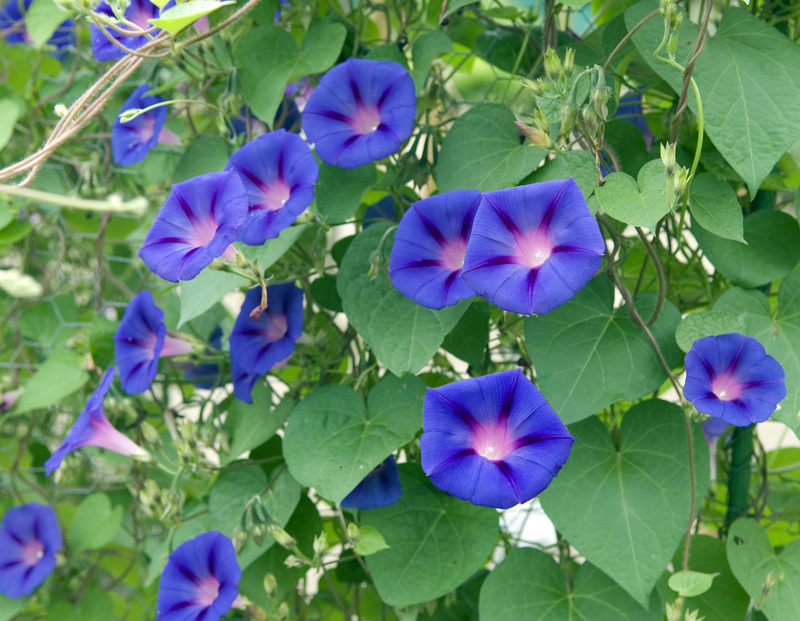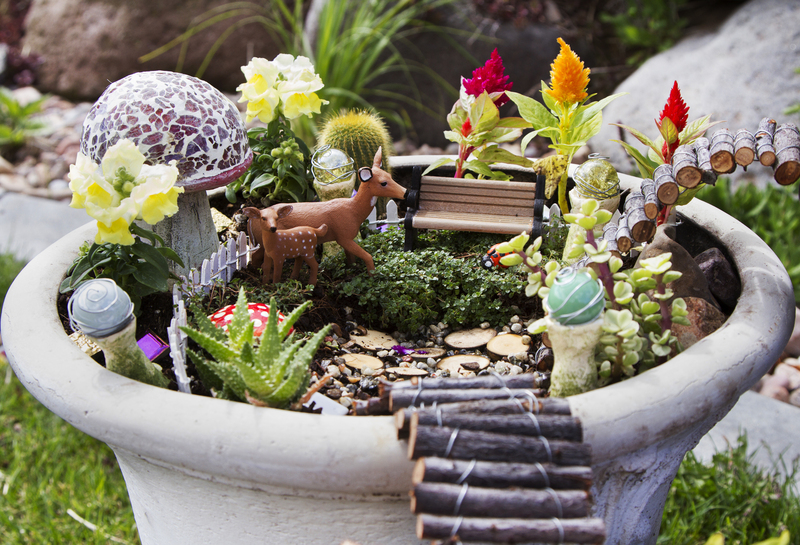Building Your Alpine Rockery Garden
Posted on 23/07/2024
Introduction to Alpine Rockery Gardens
Creating an alpine rockery garden is a delightful way to bring a slice of the high mountains into your backyard. These gardens showcase hardy plants growing among stones and boulders, emulating natural mountainous terrains. A well-designed alpine rockery garden can offer beauty, tranquility, and a unique gardening experience.

Choosing the Right Location
Selecting the right spot for your rockery garden is crucial. Ideally, choose a location that mimics the natural environment of alpine plants:
- Sunlight: Most alpine plants thrive in full sun, so pick a place with ample sunlight.
- Drainage: Ensure the area has good drainage to prevent waterlogging, which can harm alpine plants.
- Elevation changes: A slope or a raised area can more effectively mimic the natural habitat.
Planning Your Design
Planning is a vital step in rockery garden creation. Consider these elements when designing:
- Layout: Sketch your garden layout. Incorporate various rock sizes and shapes to create a natural look.
- Pathways: Introduce pathways for easy access and maintenance.
- Levels: Build different levels to mimic mountainous terrains. Use larger stones at the bottom and smaller rocks higher up.
Selecting Rocks and Soil
The choice of rocks and soil plays a significant role in the sustainability of your rockery garden:
- Rocks: Opt for local stones to blend seamlessly with your environment. Granite, limestone, and sandstone are excellent choices.
- Soil: Mix soil with sand and grit to enhance drainage. Alpine plants prefer poor soil, so avoid rich compost.
Choosing the Right Plants
Selecting the appropriate plants can make or break your rockery garden:
- True Alpines: Look for true alpine plants like Saxifraga, Lewisia, and Alpine Aster.
- Compact Perennials: Include low-growing, compact perennials like thyme, sedum, and dwarf conifers.
- Color and Texture: Choose plants that offer varying colors and textures to keep the garden visually engaging year-round.
Planting Your Alpine Garden
Once you've chosen your plants, follow this process to plant them:
- Prepare the Area: Clear any weeds and smooth the soil surface.
- Place the Rocks: Position your rocks first. Anchor them firmly into the soil to ensure stability.
- Planting: Dig small holes and plant your chosen varieties. Group plants with similar needs together.
- Mulching: Use a thin layer of gravel as mulch to conserve moisture and reduce weed growth.
Maintenance Tips
Proper maintenance ensures your alpine rockery garden continues to flourish:
- Watering: Water sparingly, as most alpine plants need well-drained soil and do not tolerate soggy conditions.
- Weeding: Regularly remove weeds which can compete with alpine plants for nutrients.
- Pruning: Trim any overgrown plants to maintain their compact shape and promote healthy growth.
- Fertilizing: Avoid heavy fertilization. A diluted, balanced feed in early spring can provide a boost.
Pros and Cons of Alpine Rockery Gardens
Pros:
- Low Maintenance: Once established, alpine rockery gardens require minimal care.
- Year-Round Interest: With proper plant selection, your garden can offer beauty throughout the year.
- Water Efficiency: These gardens are well-suited to dry, sunny conditions.
Cons:
- Initial Effort: Creating the garden can be labor-intensive.
- Specific Plant Requirements: Some alpines have very specific growing conditions.
- Slow Growth: Alpine plants can be slow to establish and grow.
Tips for Success
- Start Small: If new to rockery gardening, begin with a small section.
- Research: Understand the specific needs of each plant variety.
- Patience: Gardening, especially with slow-growing alpine plants, requires patience.
- Experiment: Don't be afraid to try different plant combinations and placements.

Takeaways
Building an alpine rockery garden can be a rewarding gardening project providing beauty and tranquility. Follow planning and planting principles, choose the right plants, and ensure proper maintenance for a thriving garden.
Conclusion
An alpine rockery garden is a unique and sustainable way to enhance your outdoor space. While it demands initial effort and specific conditions, the long-term benefits in terms of visual appeal and low maintenance are worthwhile. By following the tips and guidelines outlined here, you can create a beautiful, enduring alpine rockery garden that brings a touch of the mountains to your home.



